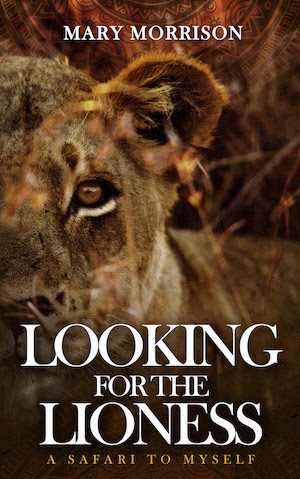Unlike other large cities I have visited in Asia, Burma feels very third world. 95% of the men wear longyis, a wrap around skirt. There are shiny golden temple spires all over.
I took a day excursion to Bago, a capital in the 13th century. It was supposed to be a two hour drive but it took 3 1/2 hours to get there, even with only one pit stop. The roads are narrow and it is easy to get stuck behind slow traffic.
Our first stop was the Kha Khat Wain Monastery, one of the largest in Burma and a school for monks. They come to take a five year course in religion before going back to their home territories as career monks. Most male Burmese buddhists spend a couple of years in monasteries, often to pursue regular education, but the ones here concentrate on religion. They are not allowed to eat solid food after noon, and we were supposed to be there to help feed them. Alas, by the time we got there, there were only empty tables, except for three elders having there meal in a corner.
 |
| No monks to be seen |
 |
| Except the three elders |
 |
| And the clean up crew |
By this time, we were hungry, so we skipped the next thing on the schedule and went directly to lunch at the Hanthawaddy Restaurant, which was very nice.
Next we went to the Shwemawdaw Pagoda, over 1000 years old and with a spire higher than the main Pagoda in Yangon. We got there so late that the tiles on the ground around the Pagoda were like frying pans. Of course we had to go barefoot. I walked all the way around the thing, resulting in feet that felt more like fried eggs.
 |
| Shwemadaw Pagoda |
I could barely walk now due to burned feet, but made it out of the bus to see the next attraction, the Reclining Buddha, at Tha Lyaung Pagoda. This is from 994 but was supposedly taken over by the jungle and not rediscovered until the British put the railway through in 1890. It is one of the largest reclining Buddhas in the world.
 |
| Mon house made of reeds |
We were still behind schedule and decided to skip the market in favor of the Mon village, the only village of this tribe in the area and known for its weaving. We wanted to see it before it was spoiled by tourists, since the next few years are probably going to bring big changes to Burma. Alas, it was a holiday and almost everyone had gone to the temple. We got to walk around the village and see the houses and dormant weaving equipment, but it was sadly flat with no people there.
Our last stop was at the War Memorial Cemetery on the way back to the ship. It has 2700 graves of Allied Forces fallen in WWII. It is beautifully kept up. It flunked as a loo stop, though, as only one toilet, and that didn't flush.
 |
| WWII allied graves |
 |
| War memorial |
We got back just in time for dinner on the ship. Out of ten hours on the tour, six were spent driving to and from Bago. I saw few monks, Mons, and have burnt feet. Not the best day.

No comments:
Post a Comment